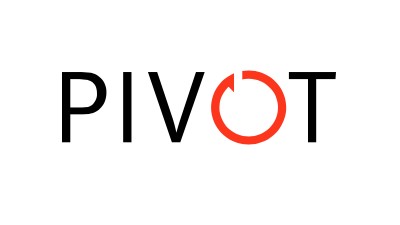3 Hidden Costs Of The Furniture RFP Process You Need To Know About

When customers send out a furniture RFP, cost is often the primary consideration. On the surface, a request for proposals satisfies this requirement by creating a price comparison across multiple vendors, but using the RFP process for selecting and evaluating the lowest-cost provider might not be as cost-effective as once thought.
The RFP process has hidden costs and flaws that can undermine a client’s ability to quickly and efficiently find the best solution, Pivot Interiors Architecture and Design Director Edward Woodill said.
1. Mockups
A traditional RFP typically includes mockups, particularly for large-scale projects. The cost to manufacture, deliver and install mockups from multiple vendors, usually with accelerated schedules, can eat into a budget. It also presents logistical challenges that serve to further drain valuable client resources.
2. Internal reviews
The largest overlooked cost is often the internal review process, Woodill said. The time and energy spent reviewing responses, requesting information or clarification from vendors, showroom visits and interviews can be significant for the client, often taking weeks to complete.
RFPs frequently do not specify exact products and are generic to allow for product comparison across multiple manufacturers. While this strategy may be effective for choosing cost-effective products, customers will often need to make design adjustments or opt for higher-end products, resulting in additional time and money. The costs associated with validating pricing on a project can be up to 2% of the total cost, according to metrics from both furniture manufacturer Herman Miller and contract dealership Pivot Interiors.
Partnering with a dealer early in the design phase allows customers to ask questions in real time, and furniture experts can recommend tailored solutions that would not be discovered through the traditional bid process.

3. More efficient project planning
Establishing a partnership early in the design planning process between the A&D team, contract furniture dealership and client will result in a more cohesive, project-specific solution. This translates into the client receiving more accurate pricing at the start of the project and a better end result.
“With an early partnership, we have the opportunity to collaborate directly with the client and their design team to create a tailored solution from the start, rather than provide a one-size-fits-all proposal that needs to be reworked or results in an inefficient use of space,” Pivot Interiors Design Director Brian Piller said. “Pivot Interior’s design team has the expertise in furniture aesthetics, product technology and functionality required to produce the optimal solution for the end user.”
The “bid-lite” solution
At CBRE’s Chicago Furniture Forum last year, dealers, manufacturers and A&D firms discussed industry inefficiency. It was revealed that a single RFP response can cost a dealer an estimated $6K per bid. This large price tag can make recouping expenses a priority among vendors over developing an efficient solution for the client, Woodill said. Leaders across the interior design industry are becoming aware of the need for a more efficient furniture design and procurement process.
Bringing in a furniture expert as a trusted member of the design team can help eliminate RFP inefficiencies. Having a trusted partner leads to improved project coordination, a more customized, unique solution and more efficient space design.
To learn more about this Bisnow content partner, click here.

